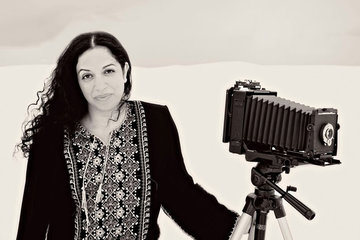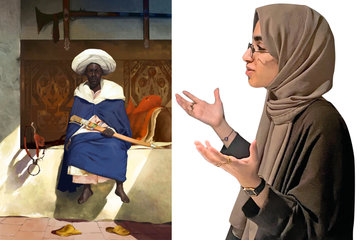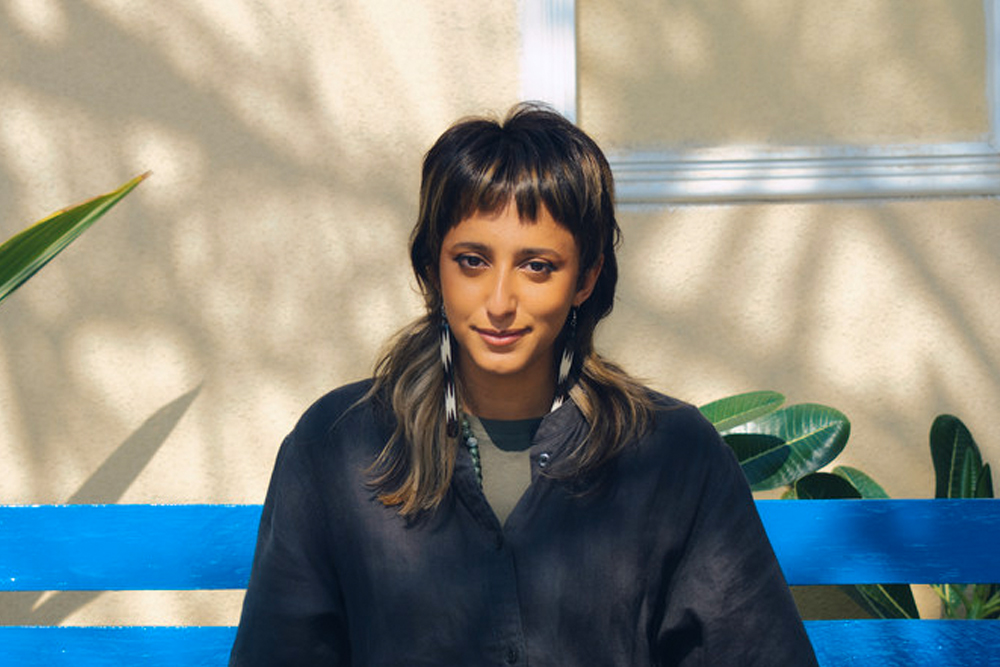
Typically, an art gallery is not a place where you would expect to hear the phrase "Feel right at home." However, Emirati painter Almaha Jaralla intentionally aimed to create such an ambiance with her latest exhibition, "Seham," on display until September 1 at Tabari Art Space in Dubai. Within the exhibition, a traditional majlis decorated with flowery wallpaper beckons guests to sit down, departing from the tension and sterility typically present in gallery settings.
The central element of the exhibition is a collection of Jaralla's figurative paintings, inspired by photographs taken in the 1980s by her father's aunt, Seham. Seham, whose name translates to 'arrows' in Arabic, possesses a resilient and serious nature, simultaneously earning both love and fear from those who know her. Using a Fuji camera, Seham captured moments from Abu Dhabi life, as well as intimate family gatherings. These images prompted Jaralla to explore her father's generation through the lens of women's experiences.
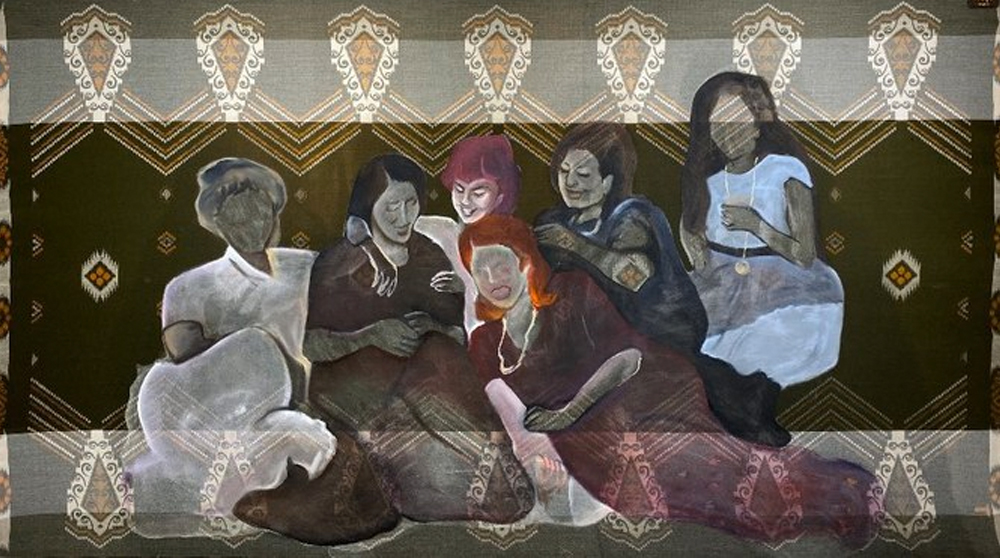
Engaging in conversations with female relatives Jaralla discovered their stories of simpler times characterized by more direct interactions, necessitating imagination. She shared that because there weren't many places to go, they frequently made up their own destinations. They would travel and explore the nation in their Land Cruiser. One such place made by Jaralla's family is Al-Shelaylah, a secluded location that is today a beach between Dubai and Abu Dhabi.

Jaralla's paintings portray scenes of children playing in the sea, uncles grilling, and aunts strolling along the now-demolished historic corniche of Abu Dhabi. These artworks represent a study of 1980s family relationships while illustrating how the surroundings and landscape have changed over time. Having been born in the 1990s, Jaralla has vivid memories of the vibrant atmosphere of Abu Dhabi, filled with traffic, noise, and ongoing construction. A pivotal moment took place in 2006 when she crossed Al-Maqta Bridge, built in 1968, just prior to the UAE's unification.
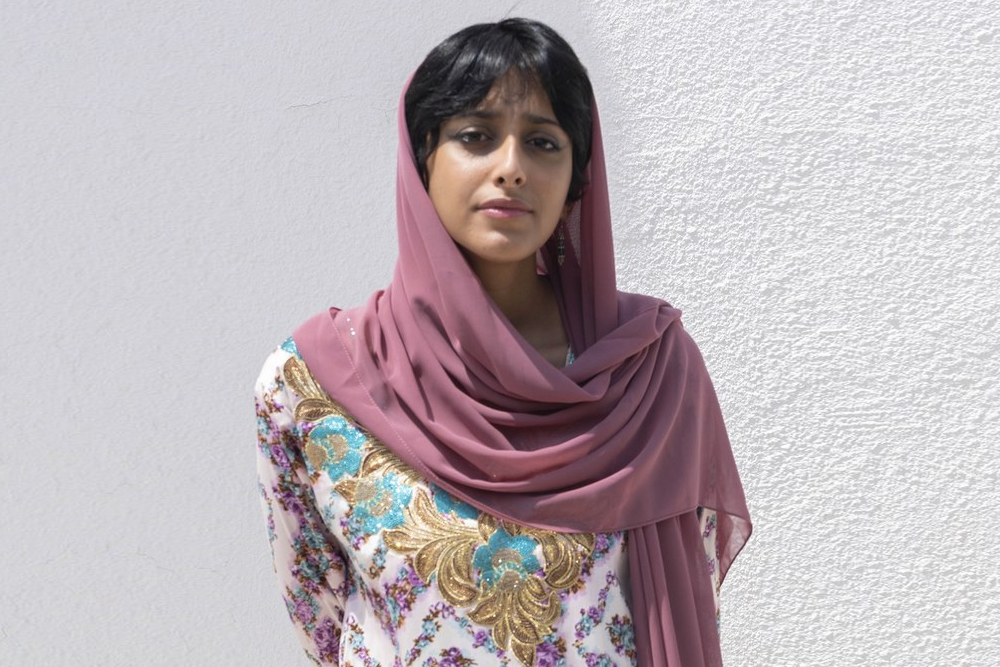
One of Jaralla's artworks portrays Al-Maqta Bridge, seen from above with a purple tone, creating a sense of isolation. This moment, when her family relocated from the suburbs to the desert in 2006, had a profound impact on her. It revealed to her that they resided on an island, symbolizing a notable transition. Historically, the bridge is significant as it represents the city's development and the connection between the mainland and the islands.
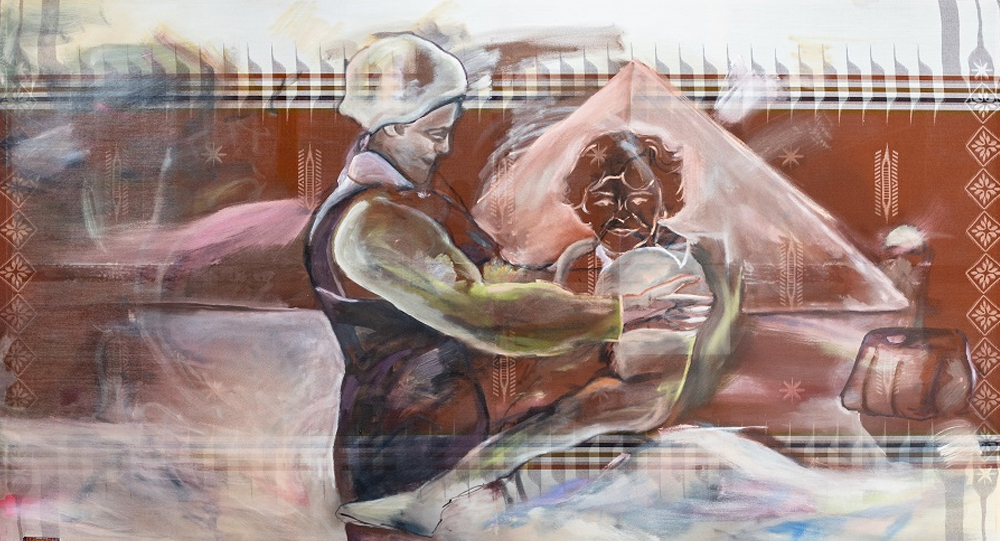
Jaralla's evocative artworks predominantly employ light colors with faded faces, reminiscent of the reddish and blueish filters seen in Seham's old snapshots. Even though Jaralla didn't let nostalgia influence her artistic process, she found it to be a therapeutic one. She recognizes the profound emotional impact of observing individuals change over time, especially those who have transitioned from childhood to parenthood.


